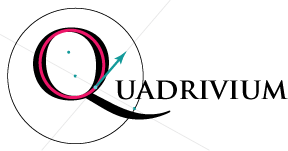
Mathematical Intentions
A Complete Ethnomathematical History of Our Current Secondary Mathematics Curriculum.
This website contains fifty half-hour lectures by David Dennis, in mp3 format, many supporting documents in PDF format, and interactive applets by Susan Addington in dynamic geometry and spreadsheets.
The webiste takes apart every major idea in our current mandatory secondary mathematics curriculum (Algebra I--AP Calculus) and asks three historical questions.
- What were the scientific, social, religious, political and economic intentions of the people who created this mathematics?
- When and why were these mathematical ideas made into mandatory curriculum? And what parts of the original mathematics have we dropped from our curriculum?
- Why do we still teach this curriculum? And how will it be transformed by new technology?
Thus for every mathematical idea taught in high school, these three different intentions will be described. Seemingly epic in scope, this task is easier than one might, at first, suspect, since much of our mandatory mathematics curriculum comes from a rather narrow piece of social history. For example, the English Civil Wars of the 17th Century and their aftermath yield a huge ammount of our current notions of school mathematics, and so the social history of the Puritan movement must be examined in detail, along with the Jesuit response. Once we understand their intentions we can ask much deeper questions about what pieces of their curriculum we still want to require of our students. Do we still believe that the natural world is “God's other book?” Do we continue to accept the radical pragmatisim and religious pluralism that led to Oliver Cromwell’s “new model army?”
Intentions matter! Especially when mandatory curriculum is tied to high stakes testing. This site is intended to get all of the relevant historical cards on the table as quickly and as effciently as possible, specifically to aid in the reform of mathematics curriculum. Surprising answers are given to nagging questions that are glossed over in secondary curriculum, like “Where did fractional exponents come from? And what are they good for?” What was the role of tables, and how does that change with modern spreadsheets? Many historical examples are shown embedded in new transtormational computer environments, e.g. animations of Descartes’ curve drawing machines.
This website is a large scale attempt to carry out the research program described in:
Dennis, D. (2000). The Role of Historical Studies in Mathematics and Science Educational Research. In Dick Lesh & Anthony Kelly (Eds.) Handbook for Research Design in Mathematics and Science Education. Mahwah, NJ: Lawrence Erlbaum.
In that chapter I described three increasing levels of impact that history can have on curriculum development: Context, Content, and Critique. This website engages all three levels for every secondary mathematical topic, in the hope that the fruits of historical understanding, in a convienient form, can nourish the technological transformation of school mathematics.
How to use these materials
The lectures give a survey of the mathematics, as well as its social-historical background. They are the main framework for the whole project.
Most lecture notes have associated applets: small interactive programs to illustrate a mathematical concept. When the lecture notes include a picture, the applet gives infinitely many variations on the picture, or sometimes a picture in motion.
Most lectures that describe mathematics have corresponding lecture notes. These supplement the lectures with details of the mathematics, and include exercises, some mandatory, and some for further exploration. Sometimes several lectures discuss the mathematics in one lecture notes document, and vice versa. The lectures discuss the topics in approximate historical order, with occasional departures for mathematical historical background.
Note: This website was put up during 2010, but more applets and lecture notes appear periodically. Please check back for additional material.
We welcome your comments. Send them to david.dennis@earthlink.net.
Podcasts
Lectures, in bulk
Bundled in .zip format, 5 at a time. Download for your mp3 player. Warning! These are all 100-120 MB, so they may take a while to download.
| 01-05 | 06-10 | 11-15 | 16-20 | 21-25 |
| 26-30 | 31-35 | 36-40 | 41-45 | 46-49 |
References (alphabetical; by subject) and further reading
A bibliography for those who want to check on the details. Includes both history of mathematics and math education books and papers.
| Mathematical Intentions |
Measuring the World |
Contact us |
Last updated November 29, 2010
Copyright 2009-11 David Dennis and Susan Addington. All rights reserved.
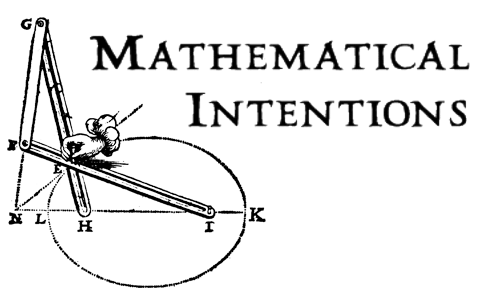
 Triangles
Triangles Making a
Making a Virtual Slide Rule
Virtual Slide Rule Descartes's
Descartes's Cone from a
Cone from a Symmetry of
Symmetry of Tangent Plane
Tangent Plane Circular Sections
Circular Sections Conic Sections
Conic Sections Conic Sections:
Conic Sections:
 Conjugate Diameters
Conjugate Diameters Conjugate Diameters
Conjugate Diameters Parabola constructed
Parabola constructed Parabola by
Parabola by Quadrivium Logo
Quadrivium Logo Van Schooten's
Van Schooten's Adjustable Pascal's Triangle *
Adjustable Pascal's Triangle *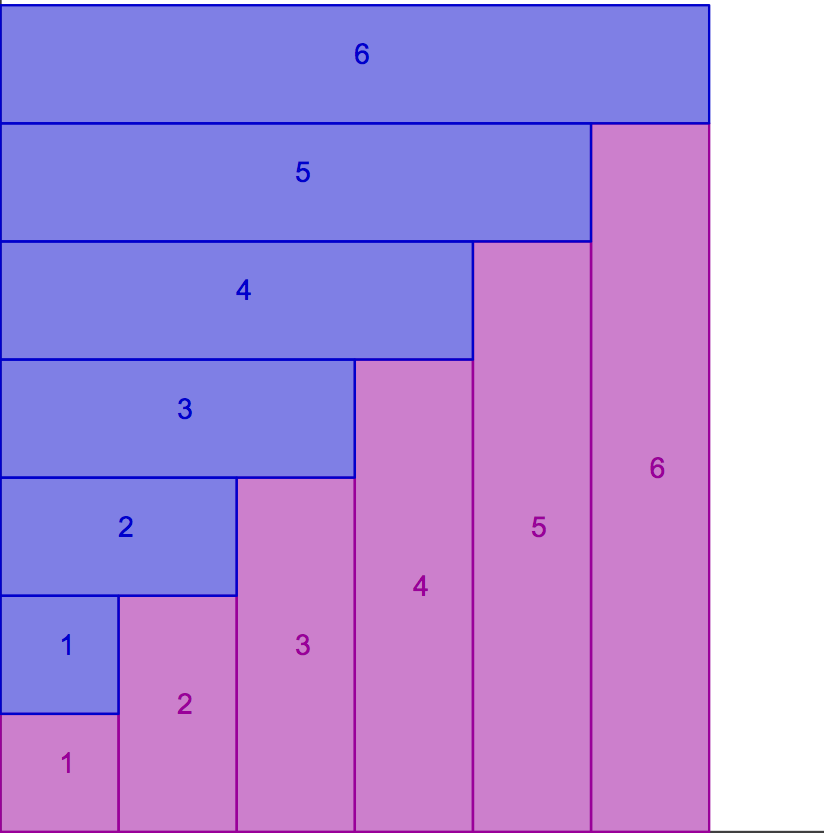 AlHazen1
AlHazen1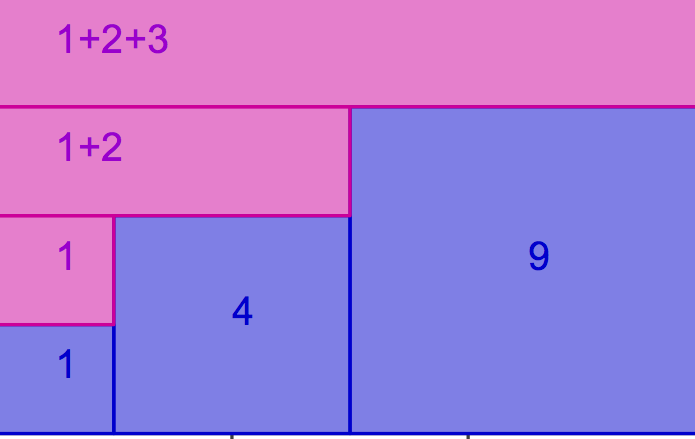 AlHazen2
AlHazen2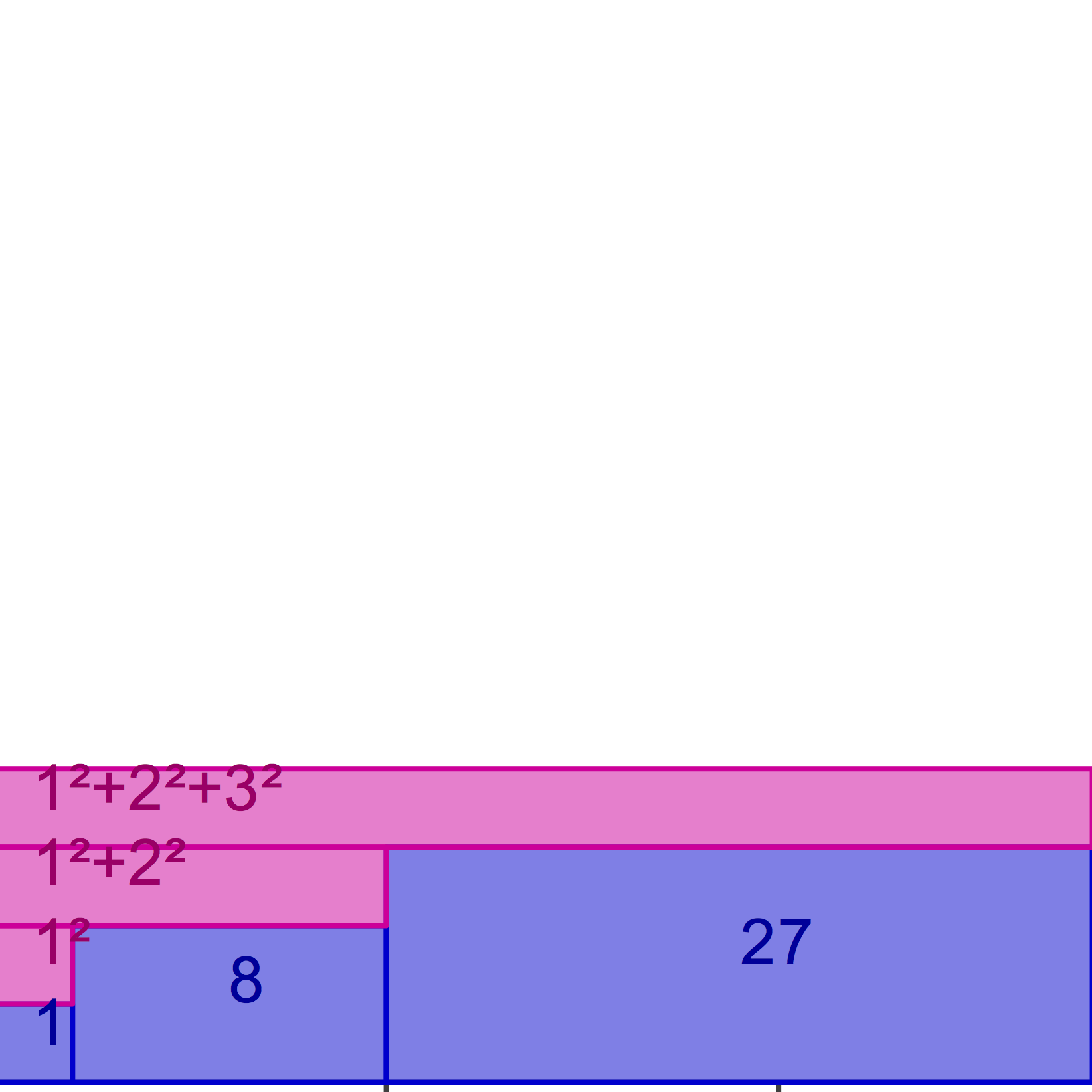 AlHazen3
AlHazen3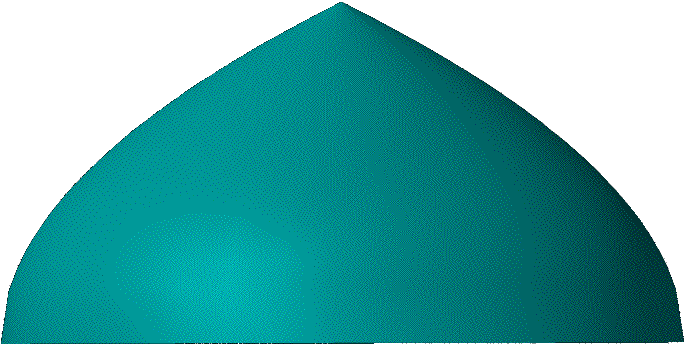 ParabDome
ParabDome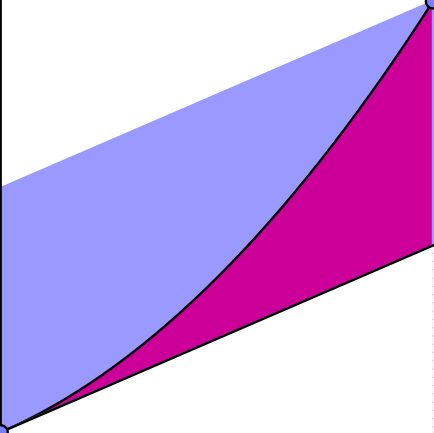 ParabArea
ParabArea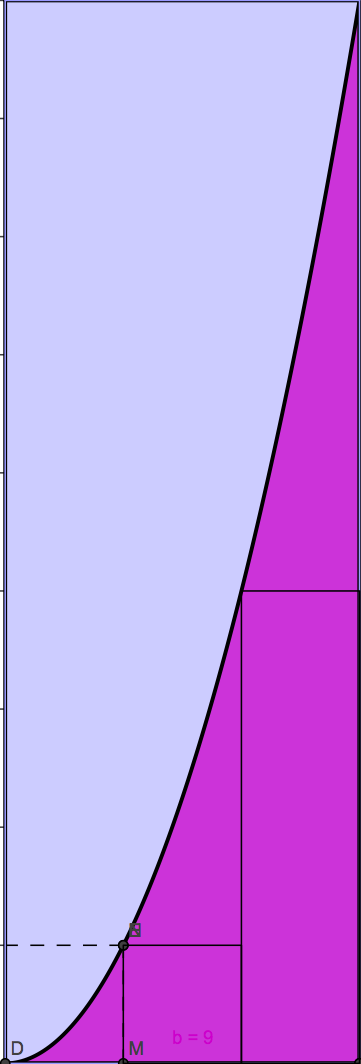 CharRatioXtoN
CharRatioXtoN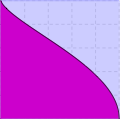 WallisTable
WallisTable TrigSegments
TrigSegments Transmutation_Lin
Transmutation_Lin PascalIntSin
PascalIntSin TransmuteCircle
TransmuteCircle TransmuteConics
TransmuteConics